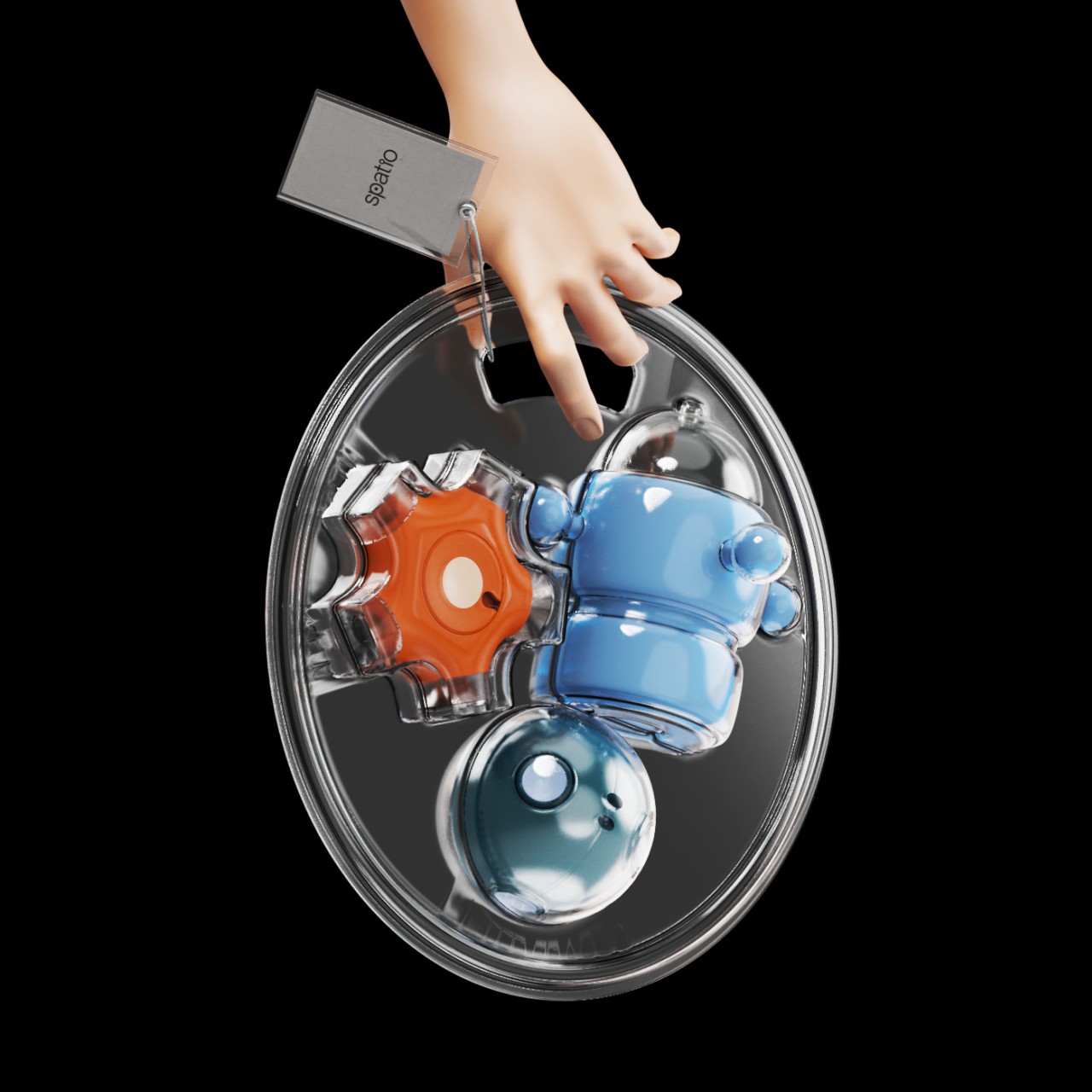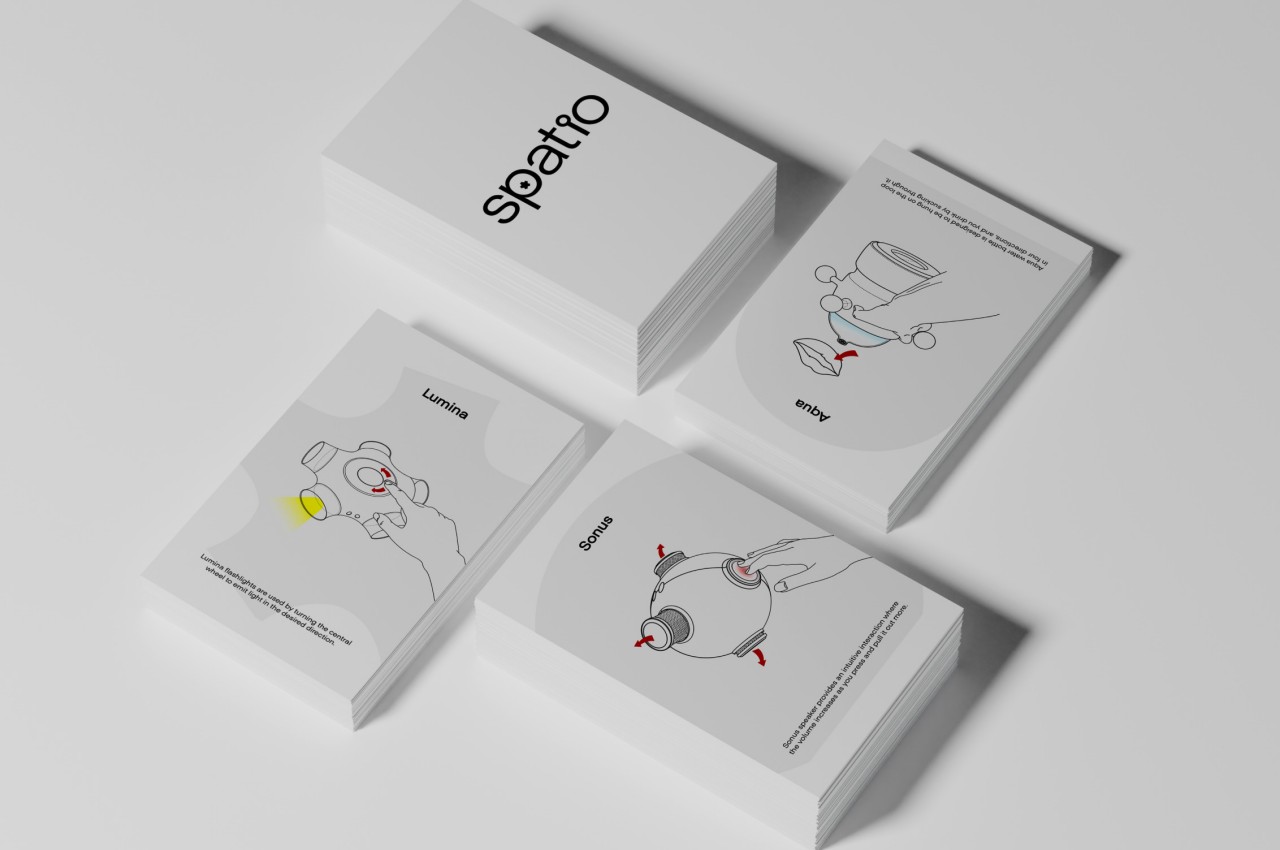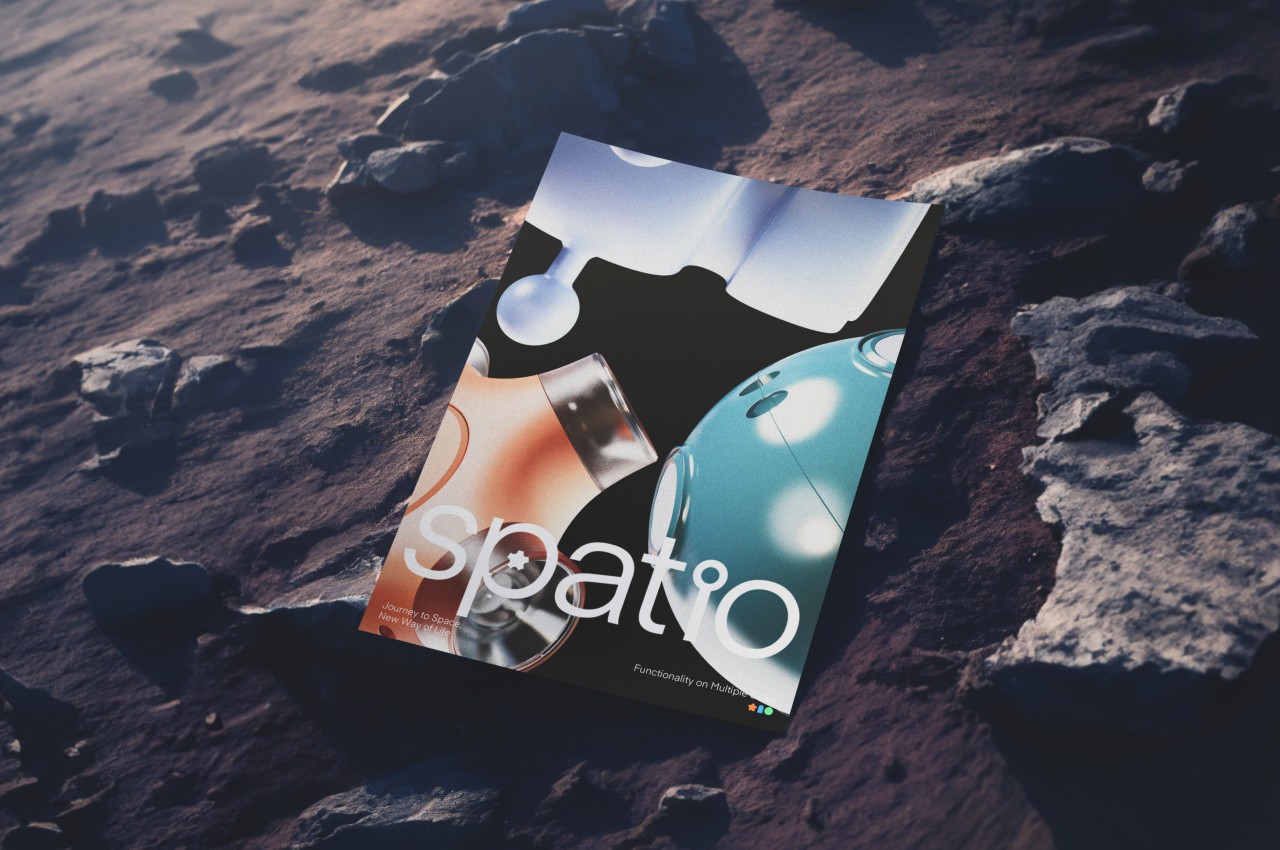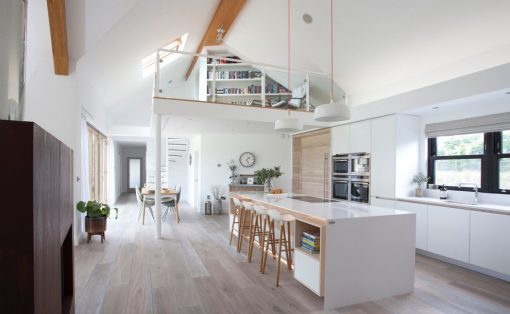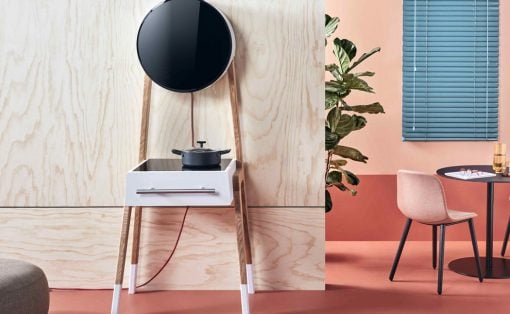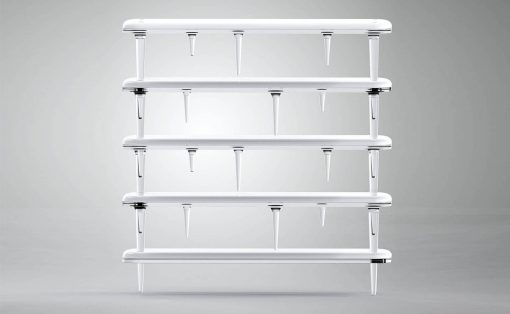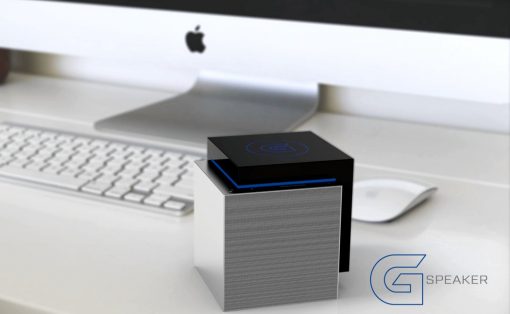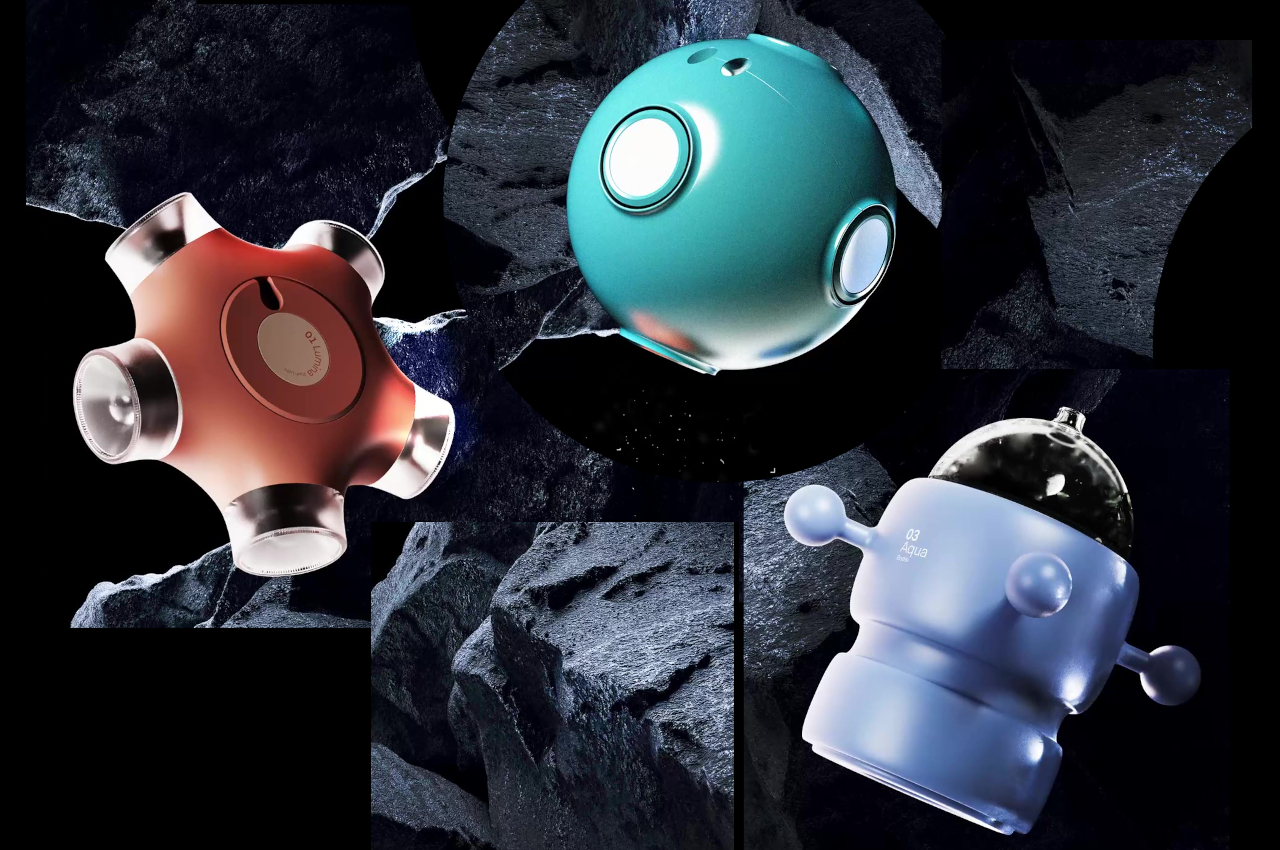
Many people these days dream about living on other planets or at least inside orbiting space stations, but few actually consider how very different life would be outside the Earth’s gravity. Of course, Hollywood tends to romanticize a lot of everyday life, but as astronauts will testify, living in space, even if just to reach the Moon or Mars, is no walk in the park. Even the simplest activities like drinking water can be awkward and disorienting in zero-g, at least if you consider using Earth-bound objects to do so. That’s why this trio of designs tries to reimagine some of the most mundane products we use in daily life and transform them into objects that are ready for our space-faring future.
Designers: Subin Kim, Jagyeong Baek, Jaeyeon Lee

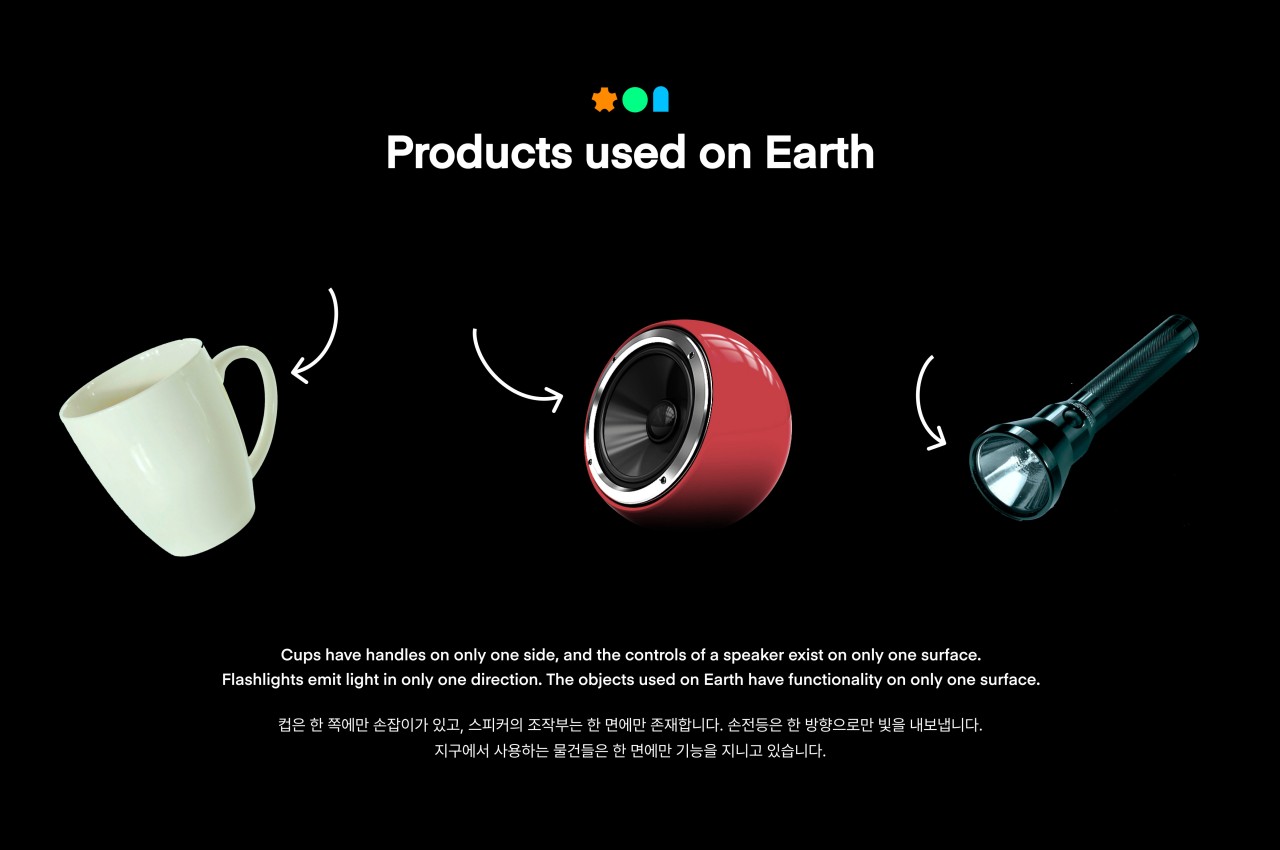
Most of us understand that without gravity, things tend not to stay down, but few actually envision the ramifications of that fact. Products designed on Earth naturally presume an amount of stability, and the way they are handled or controlled is limited in the same manner. For example, a lot of everyday things only have handles on one side or work in a single direction, a presumption that doesn’t make much sense or even becomes counterproductive when the objects are floating in space.
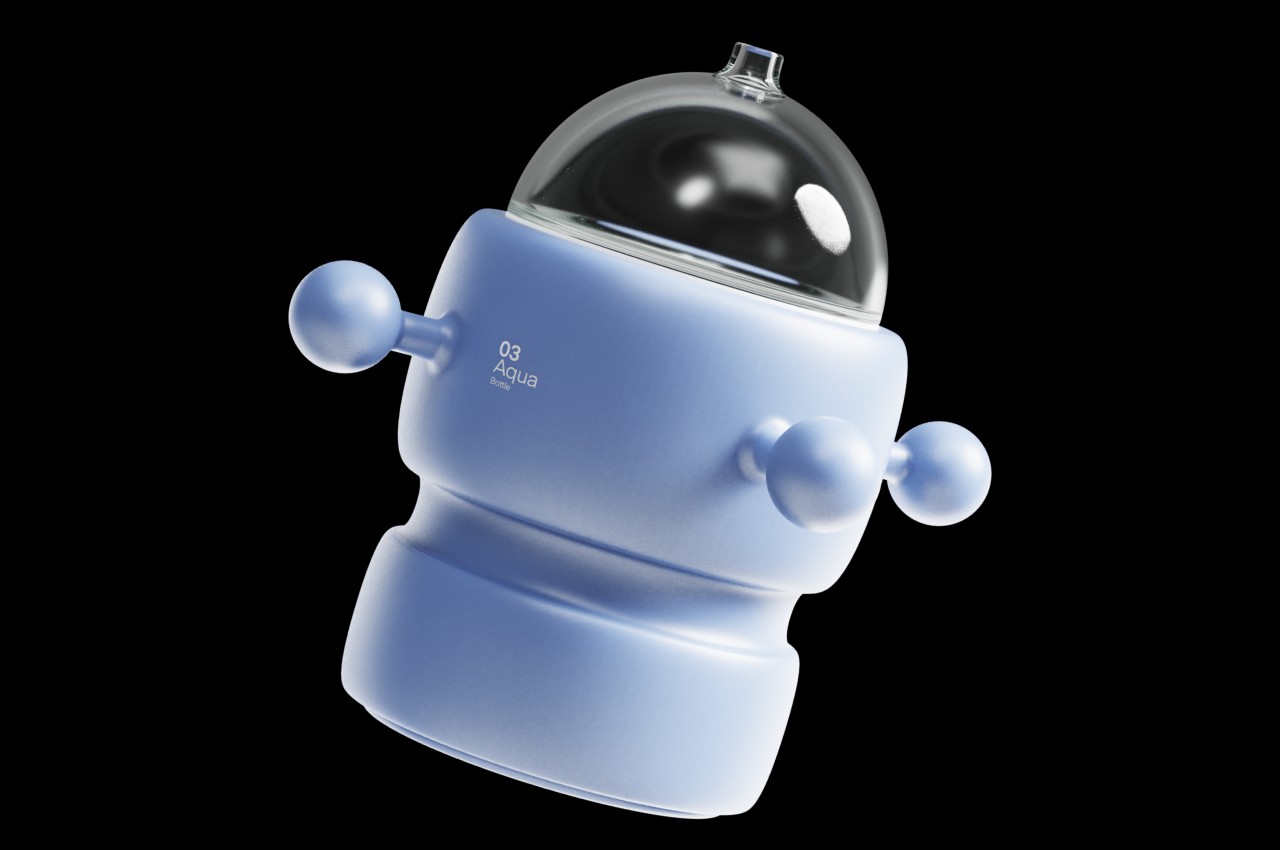

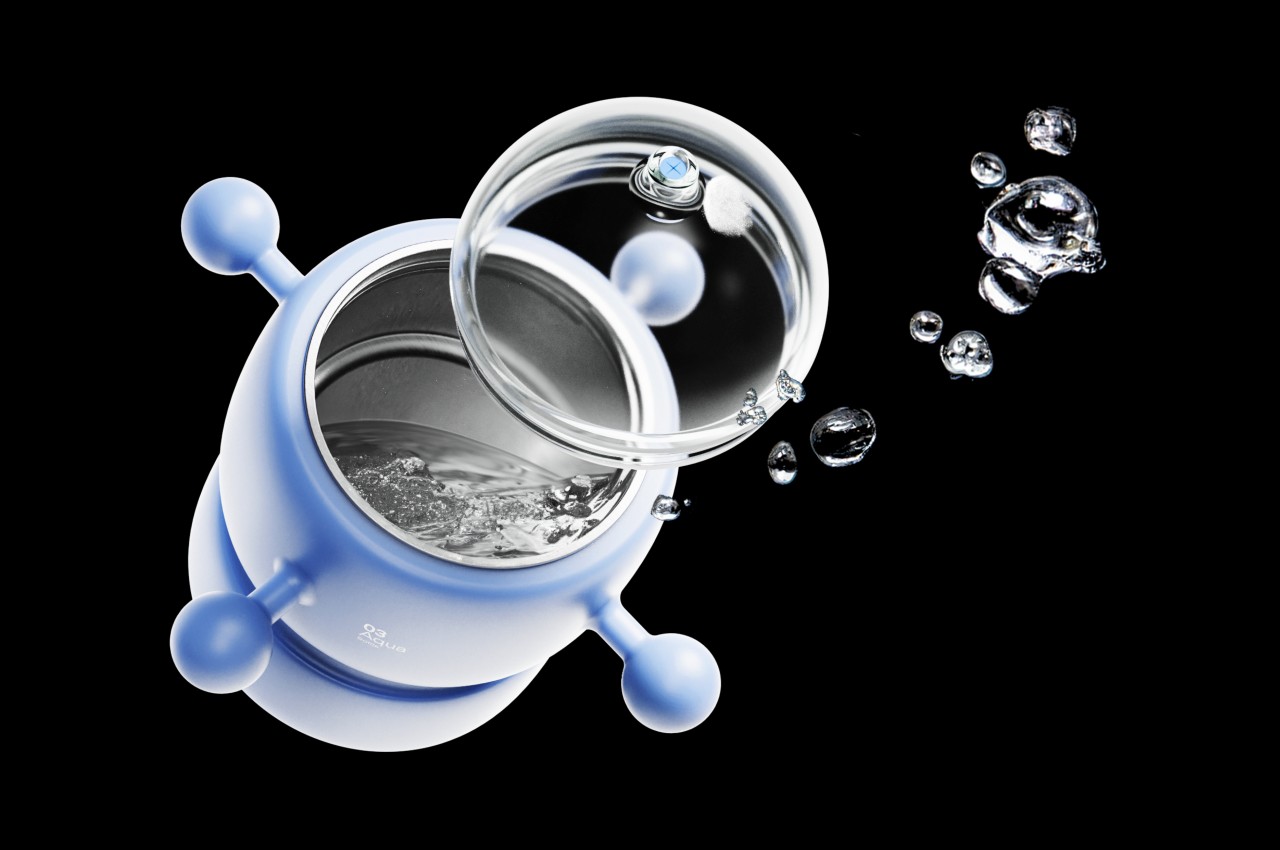
Spatio is a collection of these everyday objects that have been redesigned with zero gravity in mind. Or to put it more simply, it doesn’t make presumptions on where and how it will function, making it work both on Earth, on Mars, or in the International Space Station. Aqua, for example, is a water bottle that replaces a traditional cup that has a single handle on one side only. In contrast, this bottle has four extrusions in cardinal directions that act as handles and a cover that lets you drink by sucking rather than sipping from the lip of a mug.
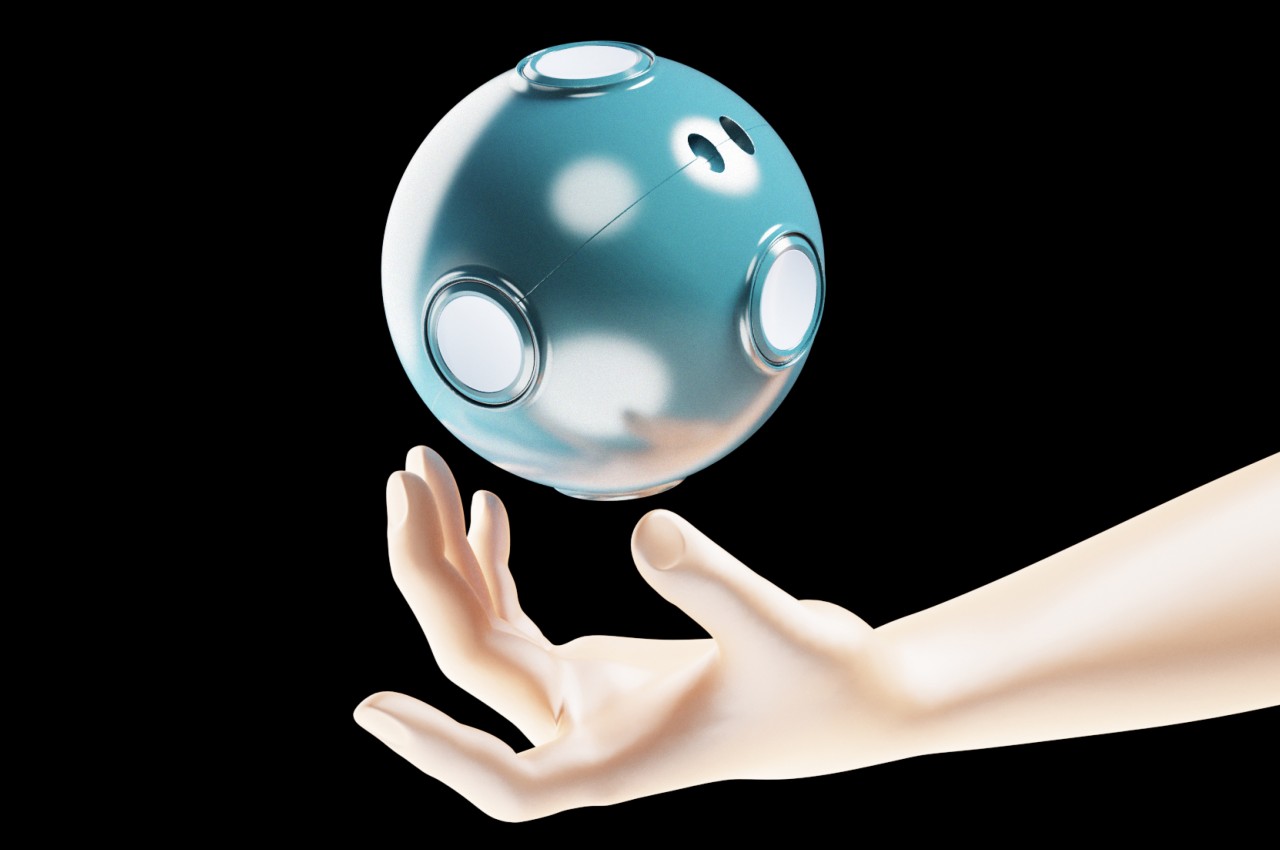
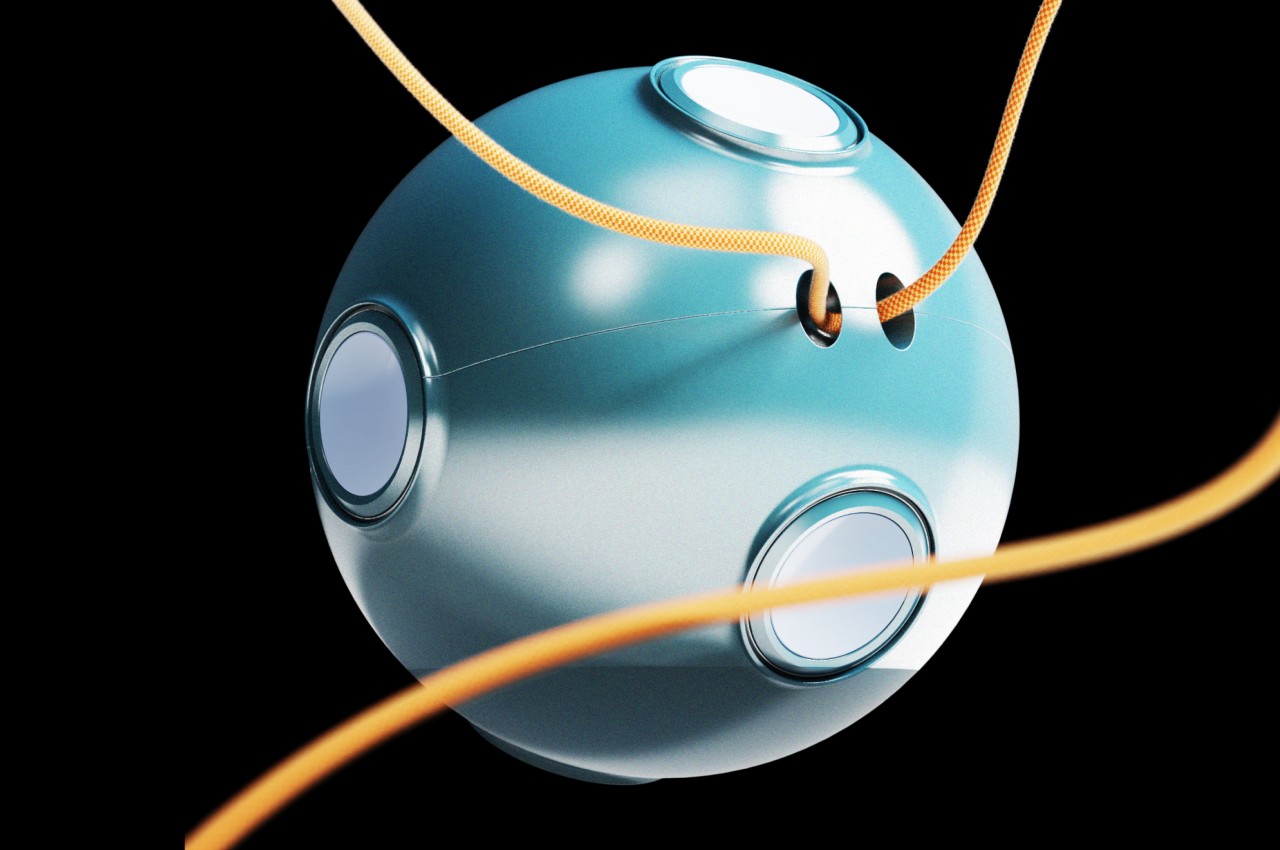
Sonus is a wireless speaker that really defies the traditional design of speakers. Inspired by the moon’s spherical shape, each of the “craters” on its surface pops up a tiny omnidirectional speaker when pressed. The more units that pop out, the louder it gets, acting is an unconventional form of volume control. The important difference is that you don’t have to shift or move the speaker to one side or the other just to reach those controls.
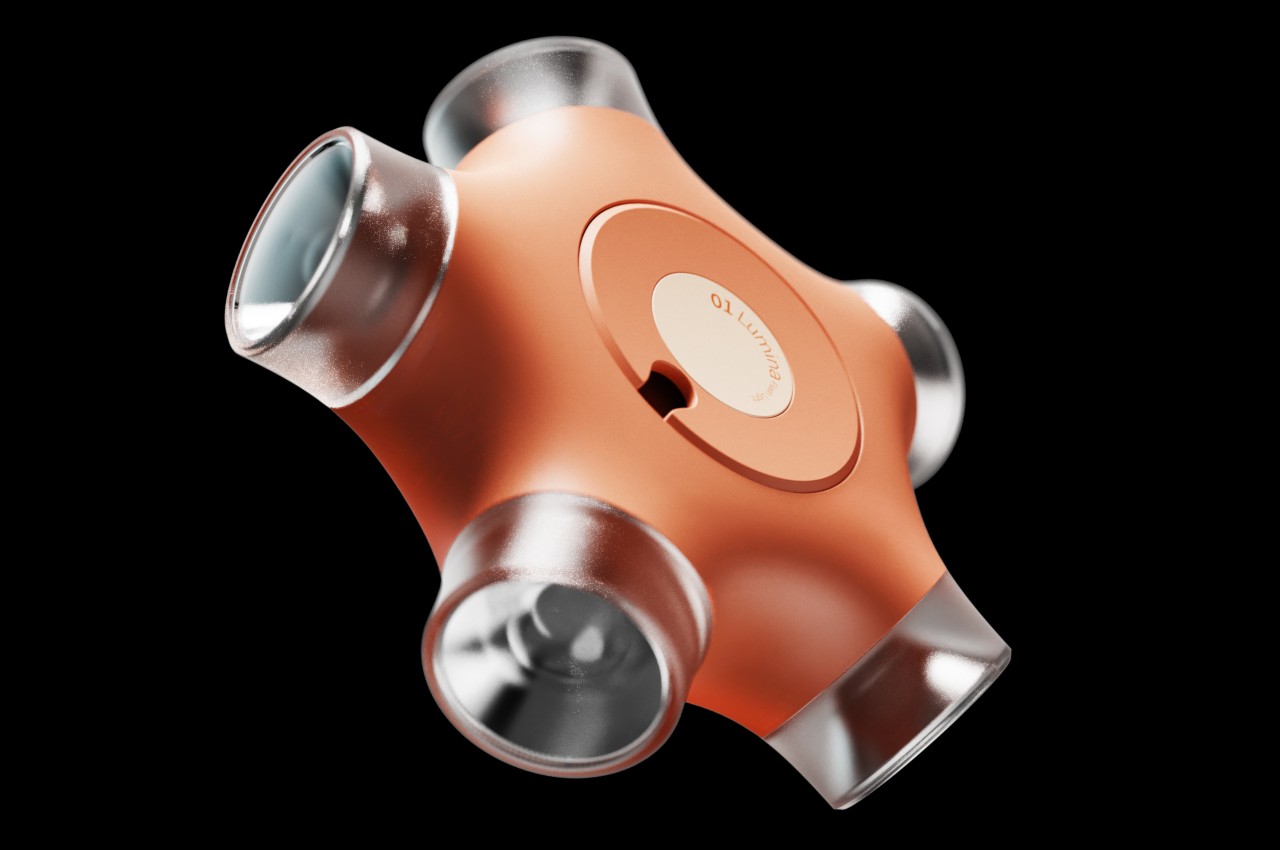
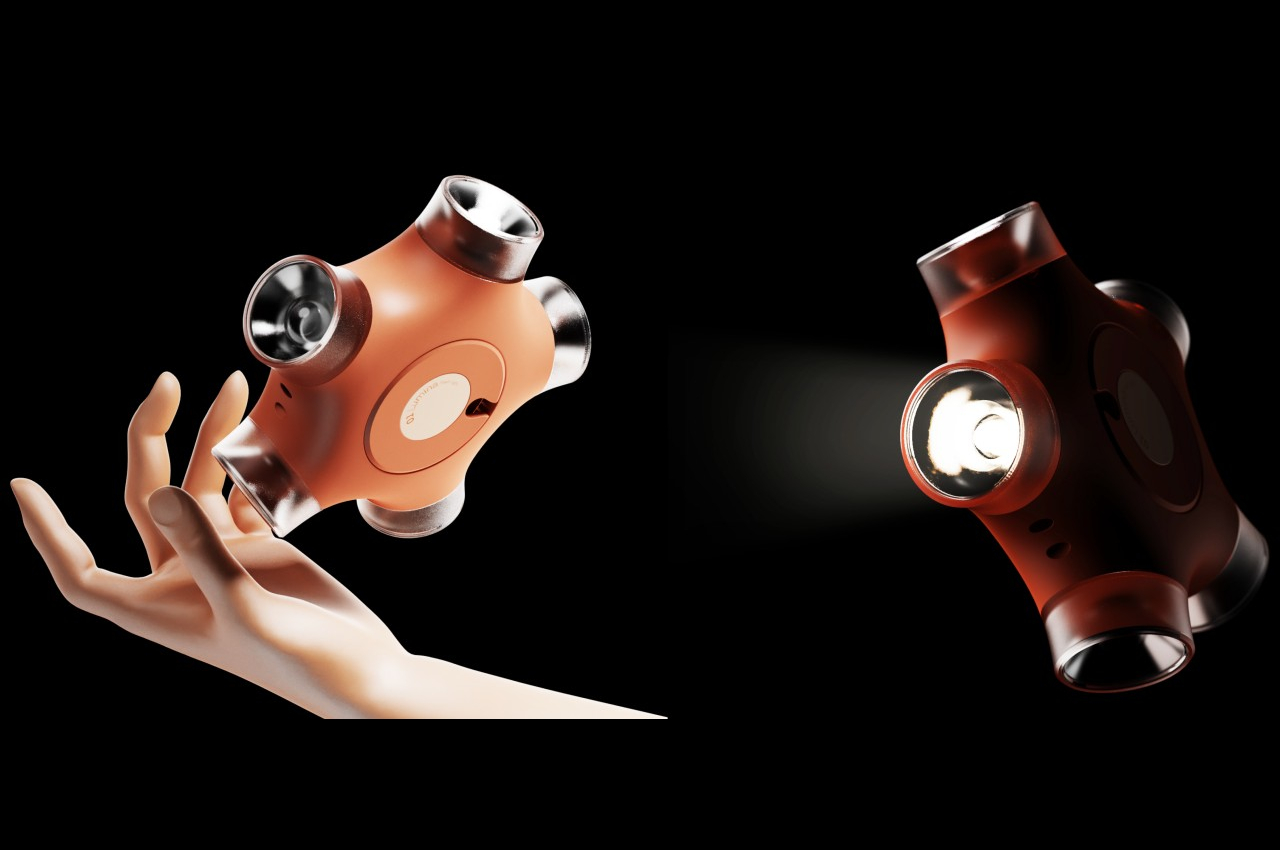
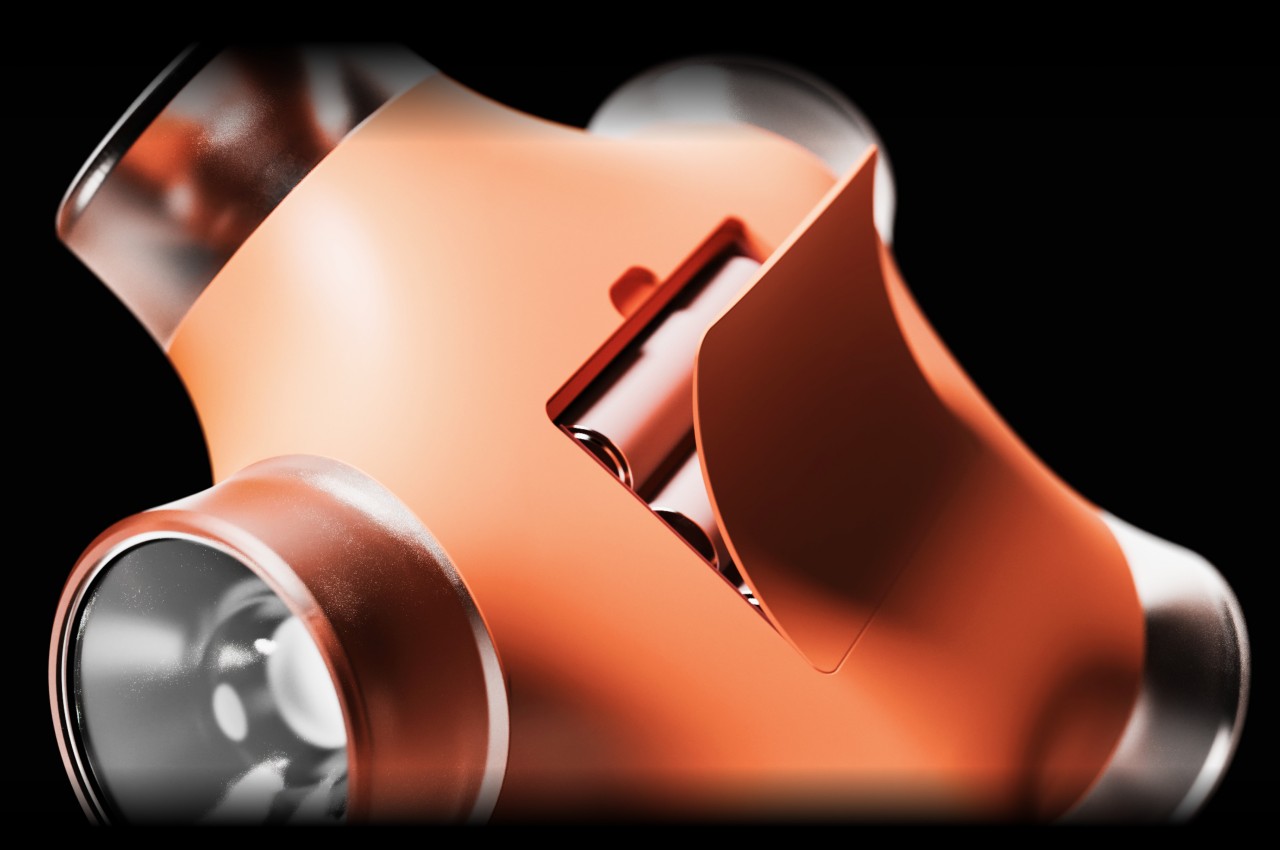
And then there’s Lumia, a star-shaped flashlight that can shine in any direction. Simply turning the central wheel switches the direction of the light so that it works regardless of how you’re holding it. While these products were designed with space living in mind, it’s not difficult to imagine them working just as well on Terra Firma, proving that truly accessible design benefits everyone everywhere, even if they’re living in outer space.
